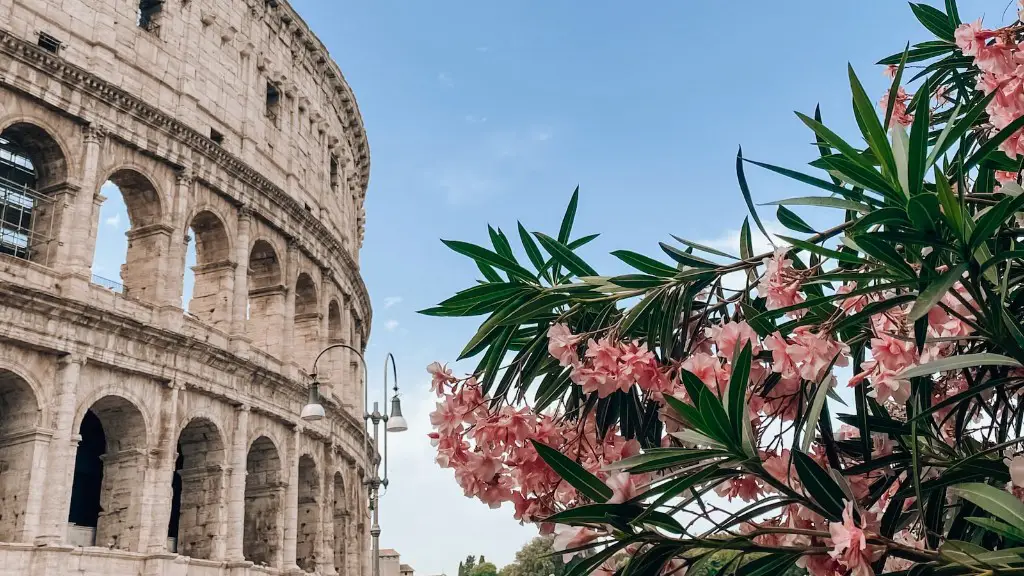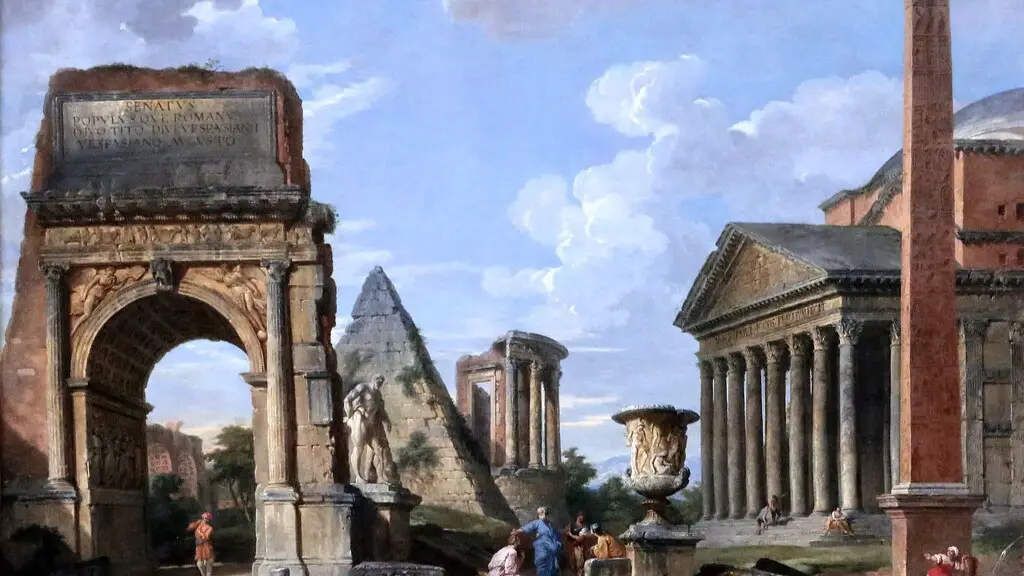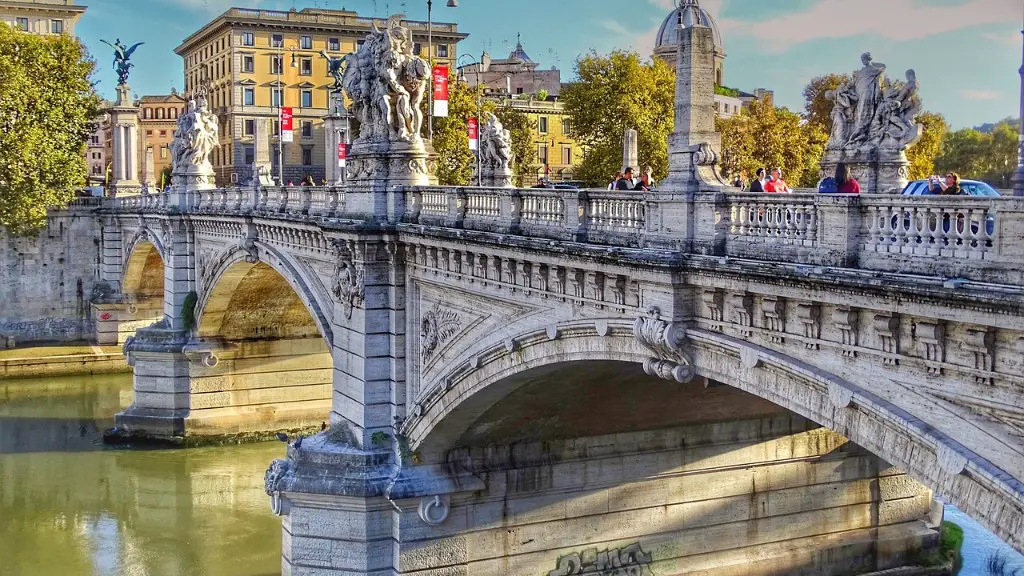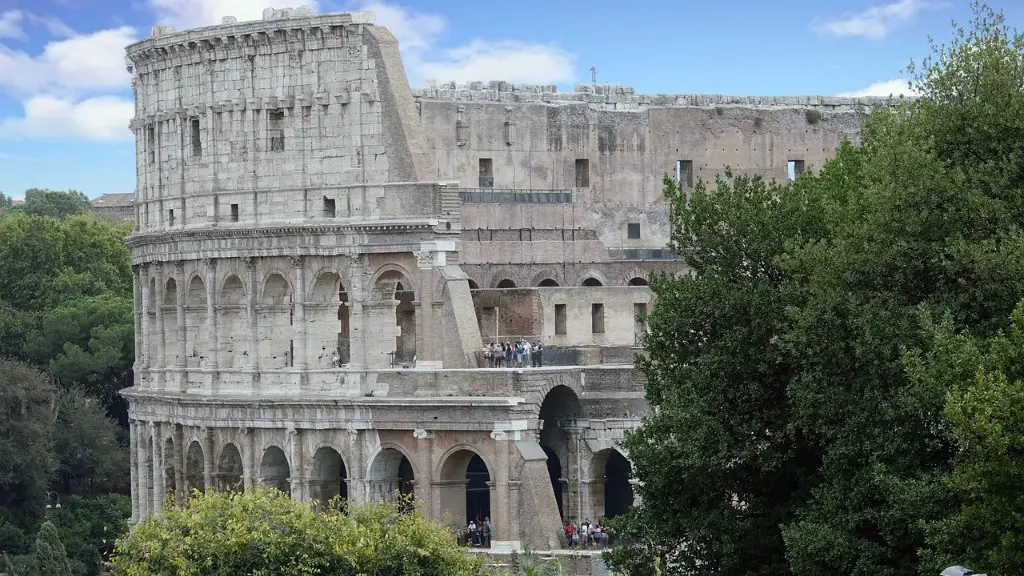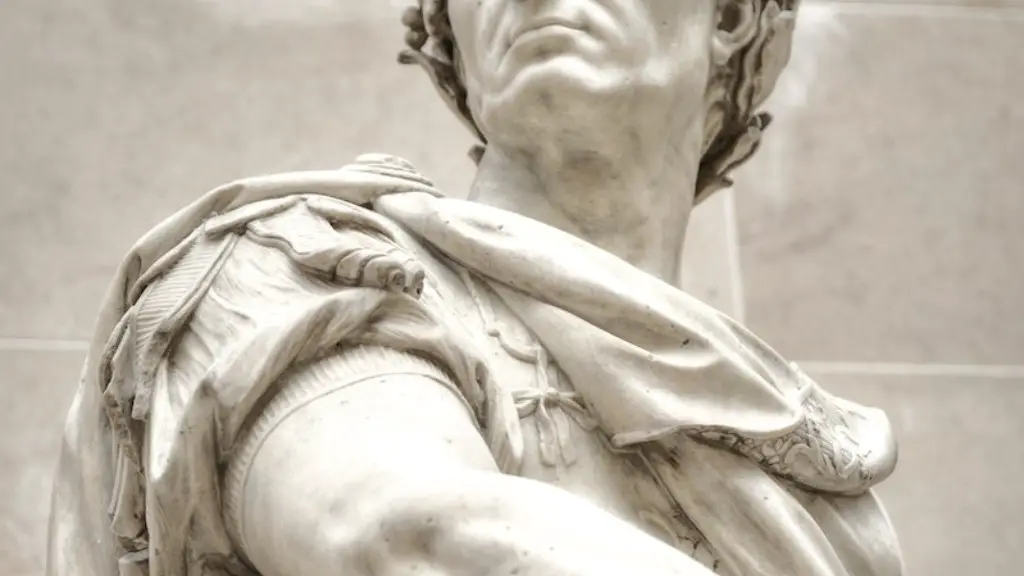In Ancient Rome, villas were luxurious, multi-story homes placed in the city or in the countryside. They were typically used not only asresting places, but also to hide away from the bustle of the city. The villa was the center of a villa estate, which was a home to more than one family. The villa was a sign of wealth and success. To be able to afford and have a villa was a very prestigious accomplishment.
Villas could range from small and modest to large and extravagant. The wealthy would often decorate their homes with marble and exquisite walls and paintings. They would also have open and spacious gardens that surrounded their homes. People of all kinds would frequent villas for important business meetings as well as for relaxing and taking in the scenery.
Villas in Ancient Rome were made with a unique architecture. They were divided into two areas. The first area was the atrium, which was the entrance and reception area of the villa. Here, people would meet and greet each other, plan events, and exchange goods. Then, there was the peristyle or the courtyard, which was the main living area. Here, people would gather and find a place to relax or enjoy a meal.
The most well-known type of villa in Ancient Rome was the Domus. This was a large private residence that was used by the ruling upper classes. They were designed to be elegant and luxurious. They had an open plan, which was uncommon for the time. The rooms would be divided into many small chambers with richly decorated walls, marble floors and mosaics. The occupants would have access to private bathrooms, an open kitchen, and even an internal garden with a pool.
The lifestyle of the wealthy was also evident in their villas; luxurious furniture, expensive carpets, and imported wine from all over the world were some of the everyday items found in these villas. Rich meals were cooked by the finest chefs, and entertainment was provided by servants and slaves. Guests would be welcomed with great hospitality. Not only were the villas a sign of wealth, but the lifestyle that flourished in them was indicative of a successful family in Ancient Rome.
Luxury Villas
The finest example of a luxury villa in Ancient Rome was the Villa of the Papyri, which was located in Herculaneum. This huge villa was built in the second century BC and featured numerous gardens, rooms and pools. It was built for Lucius Calpurnius Piso Caesonius, a wealthy Roman businessman, and his family. The villa contained more than 120 rooms, including many libraries and study rooms. The library was filled with books, scrolls and statues and contained one of the most extensive private collections of literature in the ancient world. The Villa of the Papyri was a symbol of the immense wealth and power of the Piso family.
However, most villas were not as luxurious as the Villa of the Papyri. The Roman elite would usually build their villas in the countryside, while the middle classes built their villas closer to the city. Some villas were modest and designed to be comfortable enough for the family and their servants. Others contained amenities like private baths and libraries, as well as luxurious furniture and décor.
Overall, the villa was an important part of the Ancient Roman society, and a sign of wealth and prestige. Those fortunate enough to have a villa could enjoy the luxuries of elegant furniture, lavish gardens, and even private libraries. It was a heavily sought after and highly valued residence for the wealthy.
Function of Villas
The villa was a representation of wealth and success. Not only were they the homes of the Roman elite, they were also the center of their social lives. Intellectuals and artists would gather and exchange ideas, businessmen would make deals, and citizens would relax and rest. This could all be done within the comfort of the villa.
Villas not only served as places of recreation and rest, but also as places of business. Businessmen and lawmakers would conduct meetings and make their decisions in the villa. And, the villa would serve as a place of refuge and safety away from the dangers of the city. The large and strong walls provided security against any individuals or animals that could potentially harm the residents.
Throughout the years, villas served as a place of entertainment and leisure, a place of business, and a refuge from the bustle of the city. It was a representation of success, and a place for the Roman elite to live in luxury and grandeur.
Architectural Design
The architecture of villas was unique and elegant. Often times, villas were modeled off of temples, with wealthy homeowners replicating the grand design of the temples. This helped to add an additional sense of grandeur to the villas. They were designed with a mix of Ancient Greek and Roman styles, and featured lush courtyards and gardens, adorned with sculpture and monuments. The higher classes favored ornate marble sculptures and paintings.
The architectural design of villas was intended to capture the beauty of nature while also displaying a certain level of power and luxury. They were meant to be a representation of wealth and success, and were used to entertain guests and impress visitors.
Overall, the architectural design of villas was geared towards showcasing luxury and power. The designs were elegant and often times ornate, featuring grand gardens and luxurious furniture. They were meant to be attractive and impressive, and often times served as a representation of the success and power of their owners.
Legacy of Villas
The villas of Ancient Rome have left an indelible mark on our architecture. Today, the style and design of the villas can still be seen in modern architecture. From the courtyards, to the grand entries, to the luxurious and ornate furniture, villas from Antiquity have shaped and influenced our modern-day architecture.
The villa style of today features a combination of traditional and modern features. The open plan layout, large gardens, and a great emphasis on natural light, are all characteristics that have come directly from villas of the Roman Empire. The modern villas of today still maintain the same luxury and grandeur as those found in Ancient Rome.
Overall, the legacy of the Ancient Roman villas lives on today. From the grand entrance and courtyards to the luxurious décor, villas of old have left an incredible mark on modern-day architecture.
Usefulness of Villas
The villas of Ancient Rome were more useful than just to merely enjoy a luxurious lifestyle. They served as places of business, as well as a refuge away from the hustle and bustle of the city. They had assembly rooms for senators and political meetings, and private gardens for leisure. Private bathrooms and open kitchens allowed the occupants to enjoy the comforts of home, while also having access to the luxuries that the villa offered.
The villas were also an integral part of religious life. People would sometimes gather and perform ceremonies in their villas. They would have their own private shrines and sanctuaries dedicated to their gods, complete with sculptures and fountains. Overall, the villas provided a place for the elite to conduct their business, worship their gods and enjoy the luxuries of their home.
And, because of their luxurious design, villas were highly sought after by the elite and by those who aspired to enter their ranks. These majestic homes served as a constant reminder of the grandeur, wealth and success of the Roman Empire.
Symbolism of Villas
The villa was a symbol of power and success. In Ancient Rome, having a villa was an indication that one was part of the elite and highly respected. It was an outward symbol of wealth, and it was a sign of the Roman Empire’s greatness and grandeur. The villas were monuments that represented the power and status of Roman society.
Today, the legacy of Ancient Rome lives on. The influence of villas can still be seen in modern architecture, and the same style and design of the villa can often be seen in today’s homes. The villa in Ancient Rome still serves as a reminder of the accomplishments and power of the Roman Empire.
Overall, the villas of Ancient Rome were symbols of wealth and success, and a representation of the grandeur and power of the Roman Empire. They were more than just homes; they were places of business, leisure and prayer. And, their grand design and intricate architecture still serve as reminders of the grandeur of the Roman Empire.

